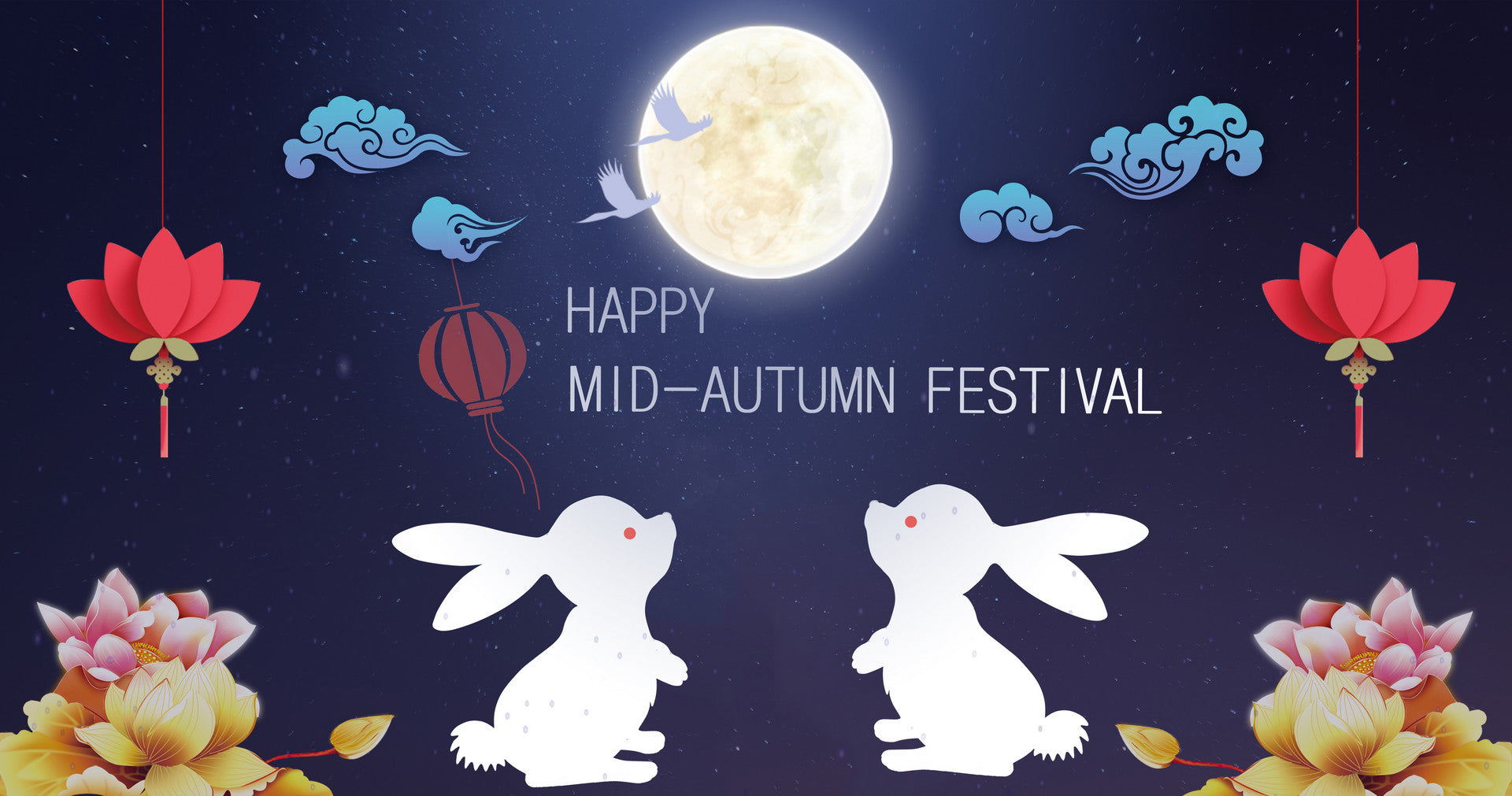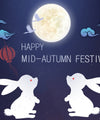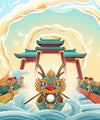Recent Post
Archive
- November 2024

The Mid-Autumn Festival: A Celebration of Reunion and Tradition
IrisW
Sep 26, 2025
0 comments
The Mid-Autumn Festival, one of China’s most cherished traditional holidays, takes place on the 15th day of the 8th month in the lunar calendar—usually falling in September or October of the Gregorian calendar. Known also as the “Moon Festival,” it centers on the full moon, a universal symbol of wholeness and family unity in Chinese culture.
Origins: Myth and History
The festival’s roots are intertwined with ancient myths and agricultural traditions. The most famous legend is that of Chang’e, the Moon Goddess. According to the tale, in ancient times, ten suns scorched the earth, and a heroic archer named Hou Yi shot down nine of them to save humanity. As a reward, Hou Yi received an immortality pill. When he was away, his wife Chang’e accidentally swallowed the pill and floated to the moon, where she has lived ever since. To honor her, people began worshipping the moon and sharing mooncakes on this day.
Beyond mythology, the festival evolved from ancient moon-worshipping rituals. As early as the Shang Dynasty (1600–1046 BCE), farmers offered sacrifices to the moon to pray for bountiful harvests. By the Tang Dynasty (618–907 CE), these rituals had transformed into a national holiday, with people gathering to admire the moon and exchange gifts. Over time, it became a celebration focused on family reunion.
Cultural Core: Reunion and Longing
At the heart of the Mid-Autumn Festival lies the theme of “tuanyuan” (团圆), or family reunion. The full moon on this night is seen as a metaphor for separated loved ones coming together. This idea is deeply embedded in Chinese literature—for example, the Song Dynasty poet Su Shi wrote in his famous poem Prelude to Water Melody: “May we all be blessed with longevity. Though far apart, we can still share the beauty of the moon together.” These lines capture the festival’s spirit: even if family members are geographically distant, they can connect through the shared sight of the moon.
The festival also reflects Chinese values of gratitude and harmony. It is a time to thank nature for a good harvest and to strengthen bonds with family and friends.
Traditional Customs
1. Admiring the Full Moon
The most iconic activity is “shang yue” (赏月), or admiring the full moon. On the festival night, families gather in their yards, parks, or balconies, gazing at the bright, round moon while chatting and enjoying snacks. Many believe the moon is at its clearest and most beautiful on this night.
2. Eating Mooncakes
Mooncakes are the festival’s signature food. These round pastries, usually 10–15 centimeters in diameter, are filled with sweet ingredients like lotus seed paste, red bean paste, or five kinds of nuts (known as “five-nut mooncakes”). Some versions also include a salted duck egg yolk in the center, symbolizing the full moon. Mooncakes are often given as gifts to relatives and colleagues, carrying wishes for reunion and prosperity.
3. Carrying Lanterns
Children (and even adults) love carrying colorful lanterns on the festival night. Lanterns come in various shapes—such as rabbits (a symbol of Chang’e’s companion on the moon), flowers, or animals—and are often lit with candles or LED lights. In some regions, communities hold lantern parades, turning the night into a vibrant display of light.
4. Regional Traditions
Different parts of China have unique customs. In Hong Kong, people perform the “Fire Dragon Dance”: a 67-meter-long dragon made of bamboo and cloth is lit with hundreds of incense sticks, danced through streets to ward off evil. In Guangdong Province, families “decorate the moon” by placing mooncakes, fruits (like pomelos and grapes), and incense on a table to worship the moon. In Taiwan, people release sky lanterns inscribed with wishes for the future.
Modern Celebrations
While traditional customs remain popular, modern ways of celebrating have emerged to suit contemporary life.
- Family Dinners: Many families still gather for a lavish reunion meal, featuring seasonal dishes like crabs (in season in autumn), roast duck, and sweet potatoes—all symbols of abundance.
- Cultural Events: Cities host moon-watching parties, traditional music concerts, and mooncake-making workshops. Shopping malls and streets are decorated with moon-themed displays, creating a festive atmosphere.
- Digital Connections: For those unable to return home, video calls allow them to “gather” with family while admiring the moon together. Some even send digital mooncake gifts or e-cards.
- New Mooncake Varieties: To cater to modern tastes, bakeries now offer innovative mooncakes, such as ice cream mooncakes, chocolate mooncakes, and low-sugar versions.
Conclusion
The Mid-Autumn Festival is more than just a holiday—it is a cultural treasure that preserves Chinese traditions and values. It reminds people of the importance of family, gratitude, and harmony. Whether through eating mooncakes, admiring the moon, or sharing stories, the festival continues to bring people together, bridging the gap between the past and the present. For Chinese people around the world, it is a time to honor their heritage and feel connected to their roots, no matter where they are.


